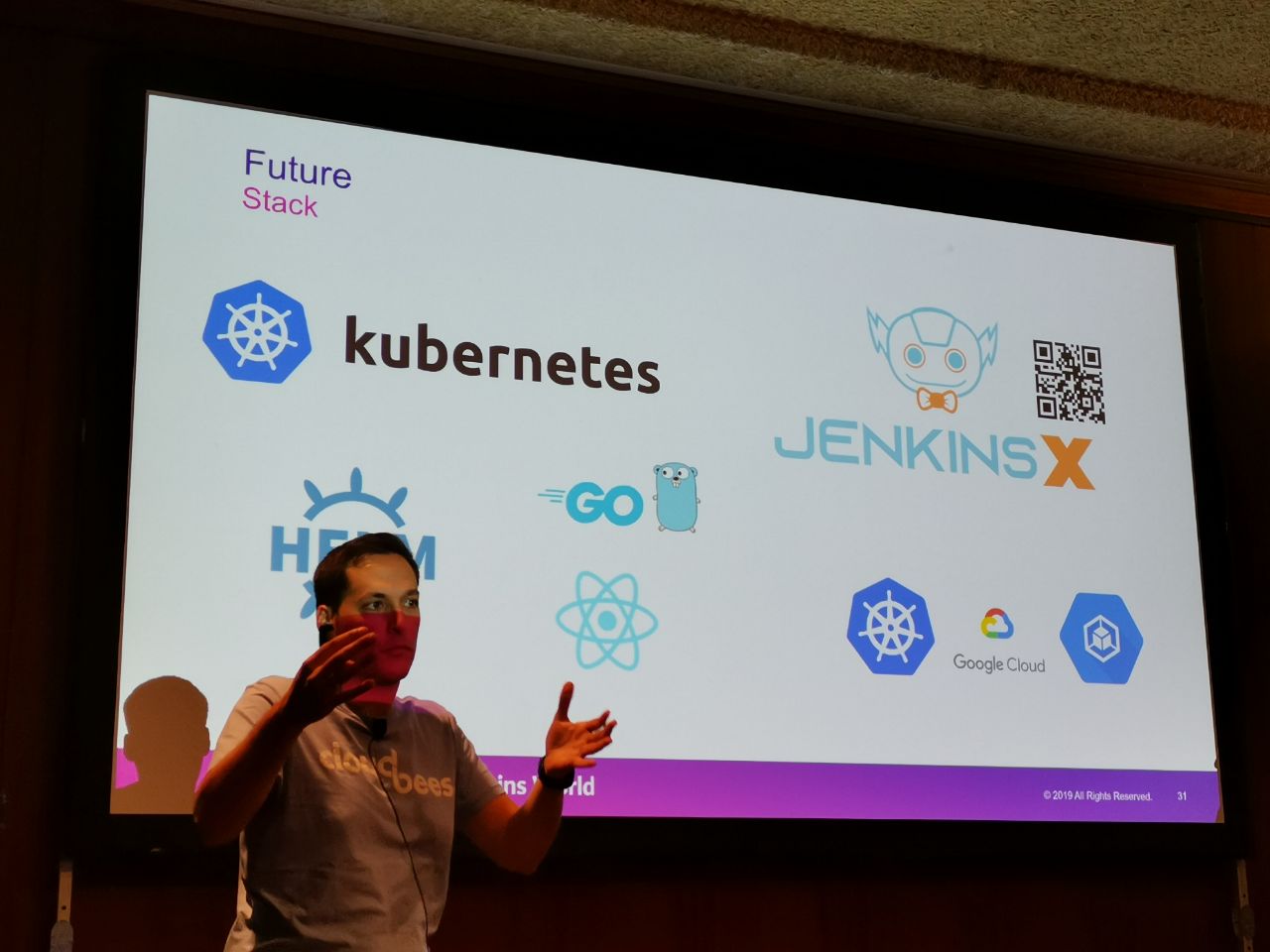The question of how to measure software developers’ productivity has long been a subject of debate in the tech industry. New versions of old misguided approaches, such as counting the “number of lines of code” written, resurface, over and over again, despite not reflecting value creation or performace.

In fact, setting incentives based on such metrics can lead to counterproductive behaviors, as explored in “Reinventing Organizations” by Frederic Laloux. The book highlights how traditional incentive systems often undermine intrinsic motivation and foster a culture of gaming the system rather than pursuing genuine excellence.







